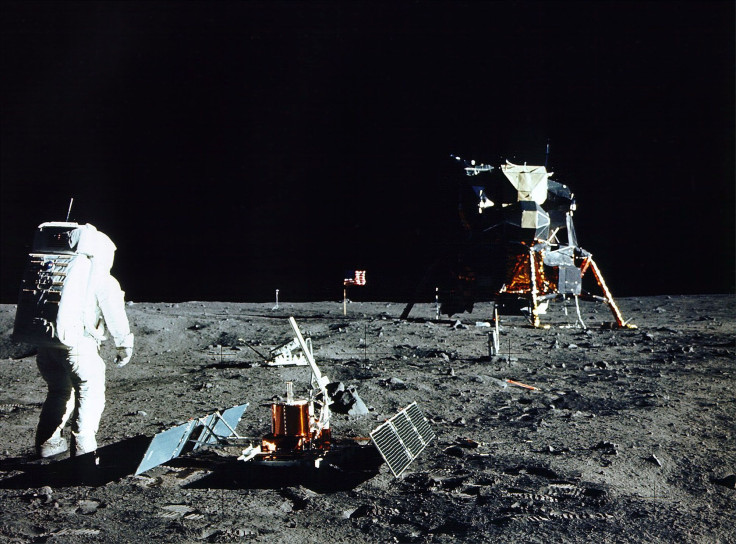China's Chang'e-4 Lands On Moon's Far Side, Beats US For Historic Achievement, Sources Say

China's Chang'e-4 has reportedly landed on the far side of the Moon, beating the United States and Russia for this historic achievement.
The Chang'e-4 has been preparing for landing in the Von Kármán crater by lowering its orbit over the past several days. There had been no confirmation as to exactly what time it will touch down, but state-run China Daily reported (via BBC News) that the Chang'e-4 would start descending on its thrusters sometime between Jan. 2 to 3.
There has been no official statement from authorities as of now, but several sources claimed on Twitter that the Chang'e-4 spacecraft successfully landed on the far side of the Moon at 10:26 a.m. Beijing time/2:26 a.m. Coordinated Universal Time (UTC).
One Hong Kong Twitter user claimed that a reliable Chinese spaceflight source confirmed that the Chang'e-4 has indeed touched down on the Moon.
Not officially confirmed: #ChangE4 has landed on the lunar far side! More and more reports are coming in, the official statement is not there yet...
— Marc Klein Wolt (@MarcWolt) January 3, 2019
Sounds like it is indeed on the Moon - the administrator of the Chinese spaceflight forum I took most information from (https://t.co/FDEYhugFst) is saying the same thing too - I regard his news as pretty accurate.https://t.co/3EhgMCVb5c
— Cosmic Penguin (@Cosmic_Penguin) January 3, 2019
Chinese state media has yet to confirm the landing, so this should be taken with a grain of salt for now.
If the landing is confirmed, this would not be China's first touchdown on our Earth's satellite. The Chang'e-3 landed on the Moon's Mare Imbrium region back in 2013. However, the Chang'e-4's travel is much riskier and will allow China to obtain samples of lunar rock and dust.
Andrew Coates, professor of physics at UCL's Mullard Space Science Laboratory in Surrey, told BBC News that the first sample return mission, using Chang'e-5 and 6, is expected to happen later this year.
This would be a historic achievement for mankind as a whole as the rugged terrain of the Moon's far side has made it difficult for vehicles to land safely there.
The Von Kármán crater where Chang'e-4 is set to land was chosen specifically because it is flatter than any other spot in the South Pole-Aitken basin, which has attracted the interest of scientists. It is believed to have been formed by a giant impact that punched right through the outer layer and into the mantle early in the Moon's history, so scientists are interested in studying any mantle rocks that could give clues to this particular calamity.
According to Coates, the basin is 2,500 kilometers in diameter and 13 kilometers deep, making it the oldest, largest and deepest basin on the Moon.
© Copyright IBTimes 2024. All rights reserved.





















